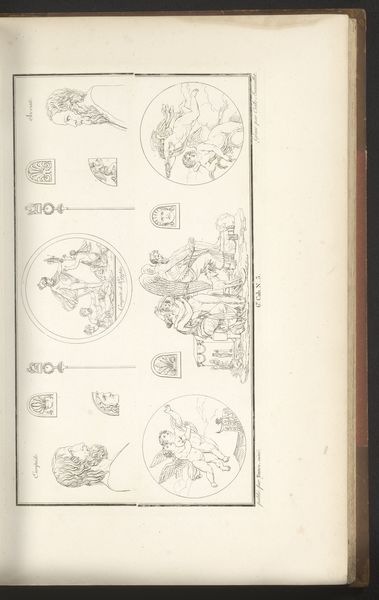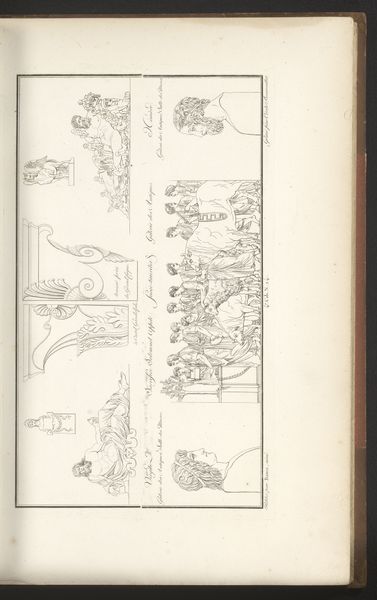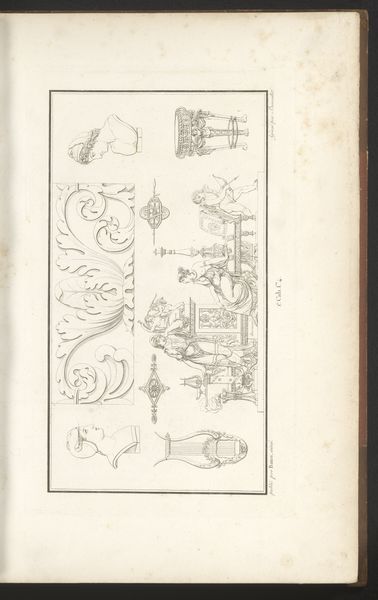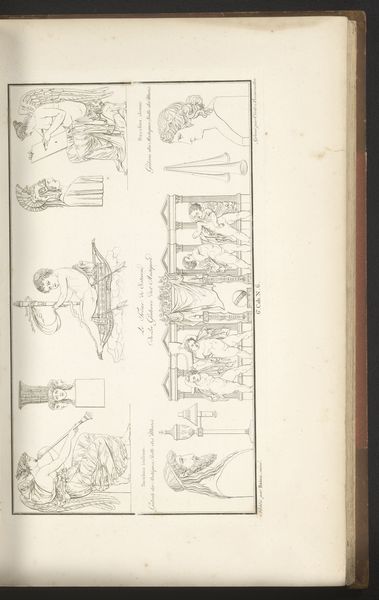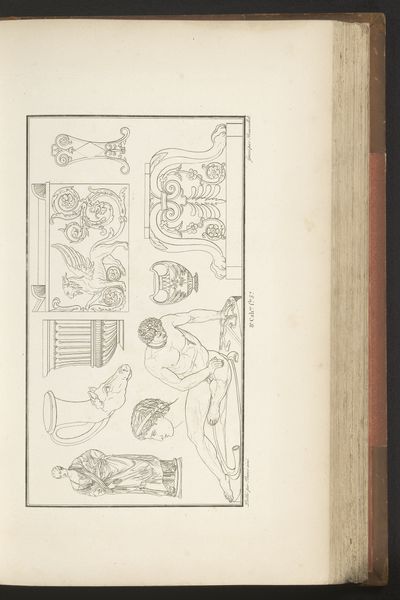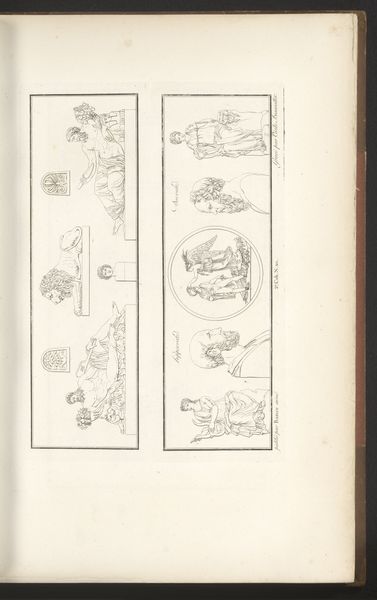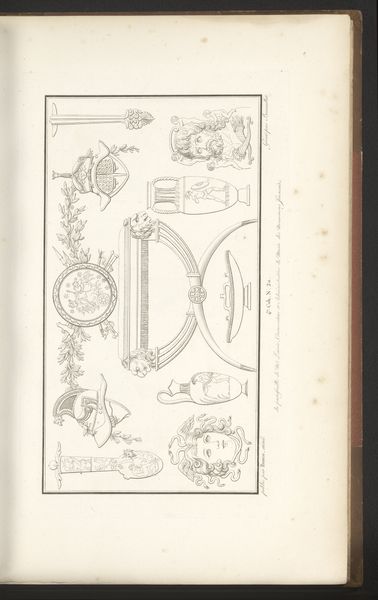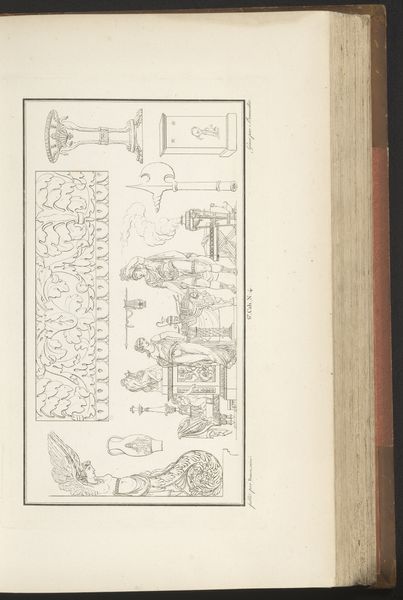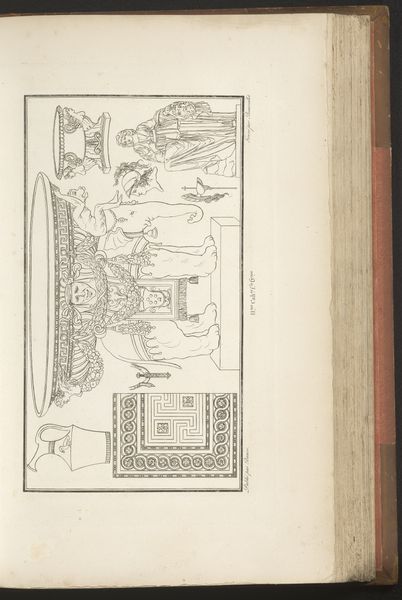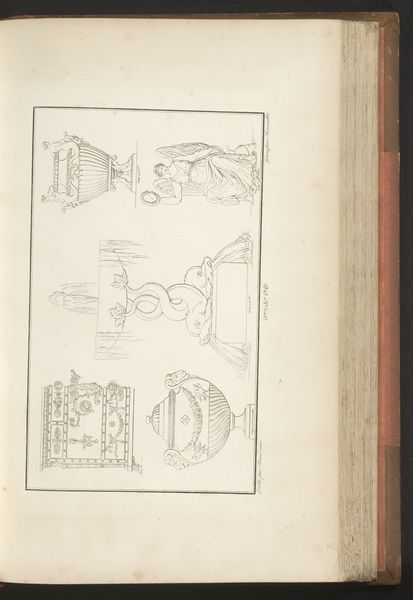
drawing, ink, pen
#
drawing
#
neoclacissism
#
ink drawing
#
pen illustration
#
figuration
#
ink
#
pen
#
history-painting
Dimensions: height mm, width mm
Copyright: Rijks Museum: Open Domain
Editor: This is "Begrafenisceremonie," or "Funeral Ceremony," a pen and ink drawing from 1820 by Cécile Beauvallet. It seems to depict a scene from antiquity. The composition is fragmented, with multiple vignettes. How do you interpret this work and its connection to the sociopolitical context of its time? Curator: Looking at the piece, it's tempting to view it solely through the lens of neoclassicism – the emphasis on order and idealized forms. But I think a deeper dive is necessary. What is the role of death in solidifying social structures, particularly in a post-revolutionary context, such as 1820? Notice how the rigid lines create a sense of somber control; how might this reflect a yearning for stability following a period of upheaval? Editor: That's interesting. I hadn't thought about the desire for stability. Are you suggesting the artist might be commenting on the use of ceremony to reinforce power structures? Curator: Precisely! These depictions of ancient rituals weren't just historical recreations. Consider the performance of gender within these funeral rites – who holds power? Who grieves, and how are they permitted to grieve? Even the medium—pen and ink—evokes the formality of record-keeping, which has historically excluded the voices and narratives of anyone outside the socio-political elite. Editor: So, the artwork isn't just about antiquity, but also about the present, reflecting and potentially critiquing contemporary society? Curator: Absolutely. Beauvallet’s art, while seemingly focused on the past, engages in a dialogue with the present, questioning who gets remembered and whose stories are silenced. Consider who typically has access to create art. Which people's legacies are commemorated and memorialized through it, while other folks' bodies simply return to the soil, without ever earning a place in the grand cultural memory? Editor: I see it differently now. It makes me consider who’s telling the stories, and whose perspectives are prioritized in historical narratives and visual art. Thank you! Curator: A vital point. Keep challenging yourself to read artworks not just as aesthetic objects, but as documents that speak to power, identity, and historical context.
Comments
No comments
Be the first to comment and join the conversation on the ultimate creative platform.
